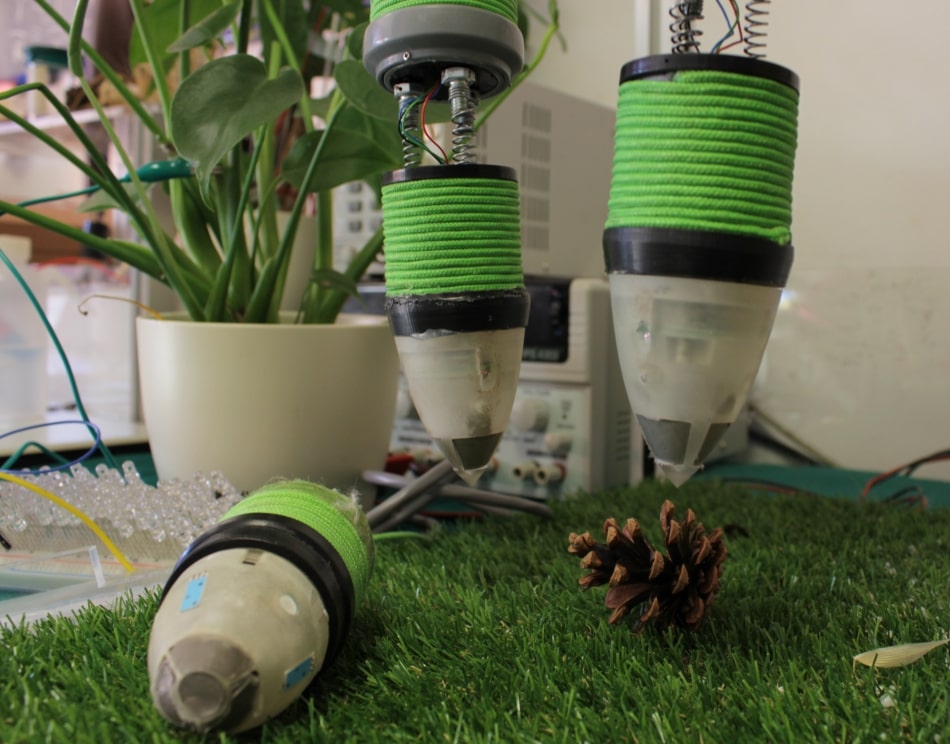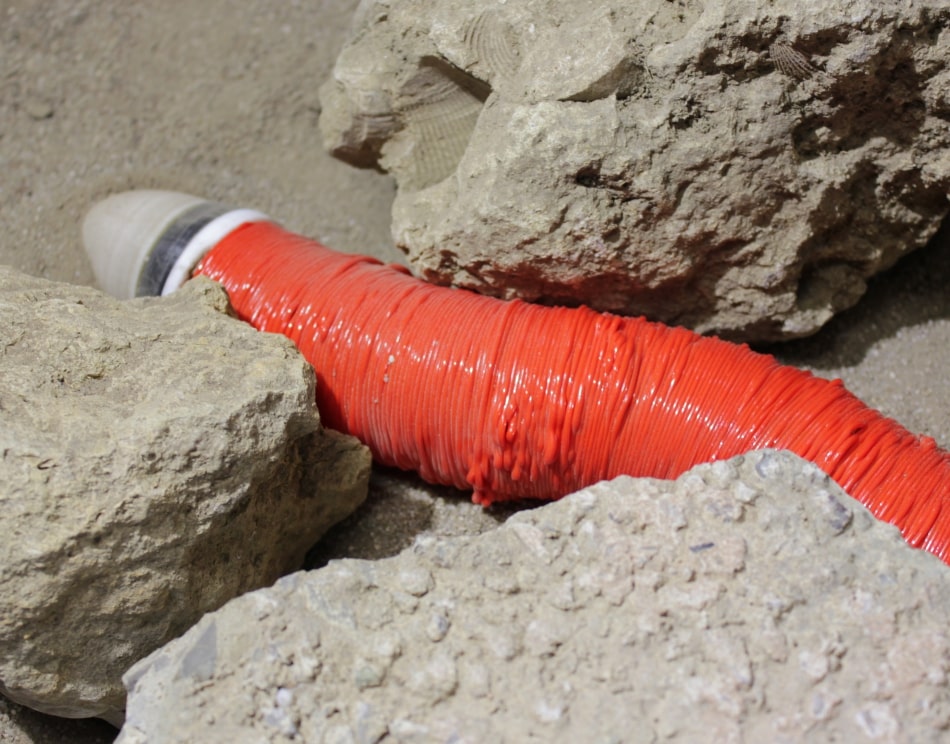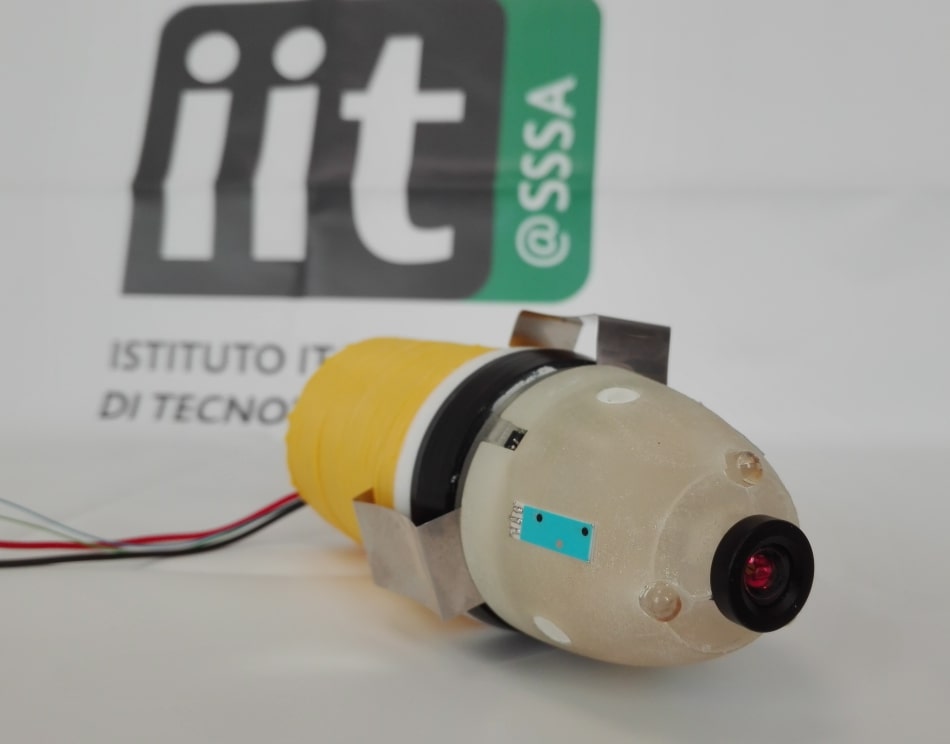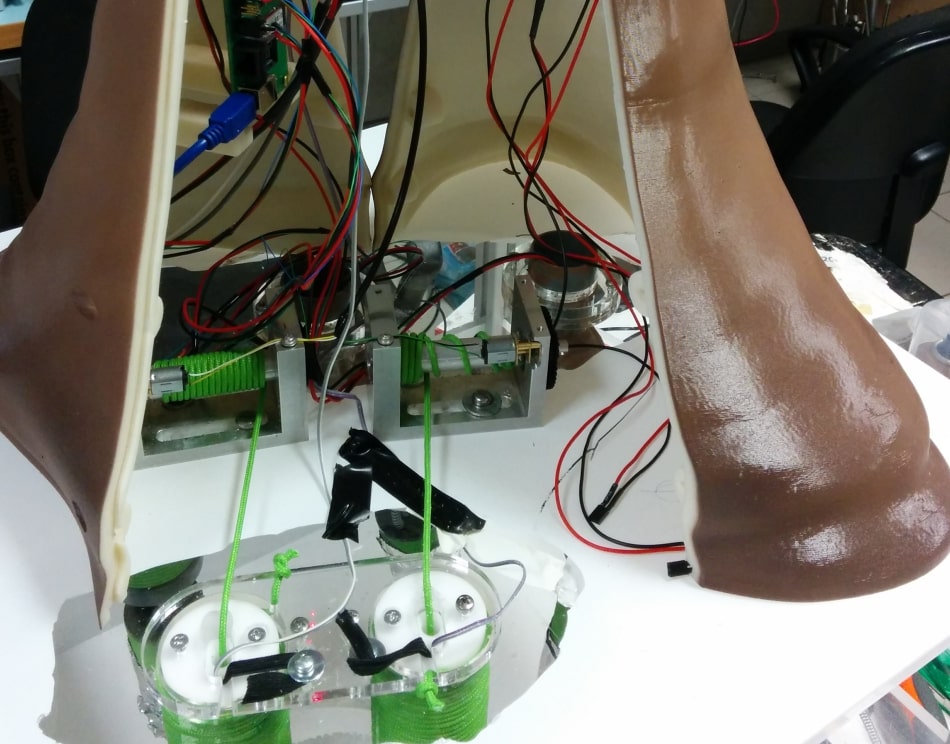- A variable-stiffness tendril-like soft robot based on reversible osmotic actuation (2019) I Must, E Sinibaldi, B Mazzolai, Nature communications 10 (1), 1-8
- Energy conversion at the cuticle of living plants (2018) F Meder, I Must, A Sadeghi, A Mondini, C Filippeschi, L Beccai, V Mattoli, Pasqualantonio Pingue, Barbara Mazzolai, Advanced Functional Materials 28 (51), 1806689
- Passive morphological adaptation for obstacle avoidance in a self-growing robot produced by additive manufacturing (2020) A Sadeghi, E Del Dottore, A Mondini, B Mazzolai, Soft robotics 7 (1), 85-94
- Soft robotics: Technologies and systems pushing the boundaries of robot abilities (2016) C Laschi, B Mazzolai, M Cianchetti, Science Robotics 1 (1)
- A novel growing device inspired by plant root soil penetration behaviors (2014) A Sadeghi, A Tonazzini, L Popova, B Mazzolai, PloS one 9 (2), e90139
PLANTOID - The first worldwide robot inspired by plants
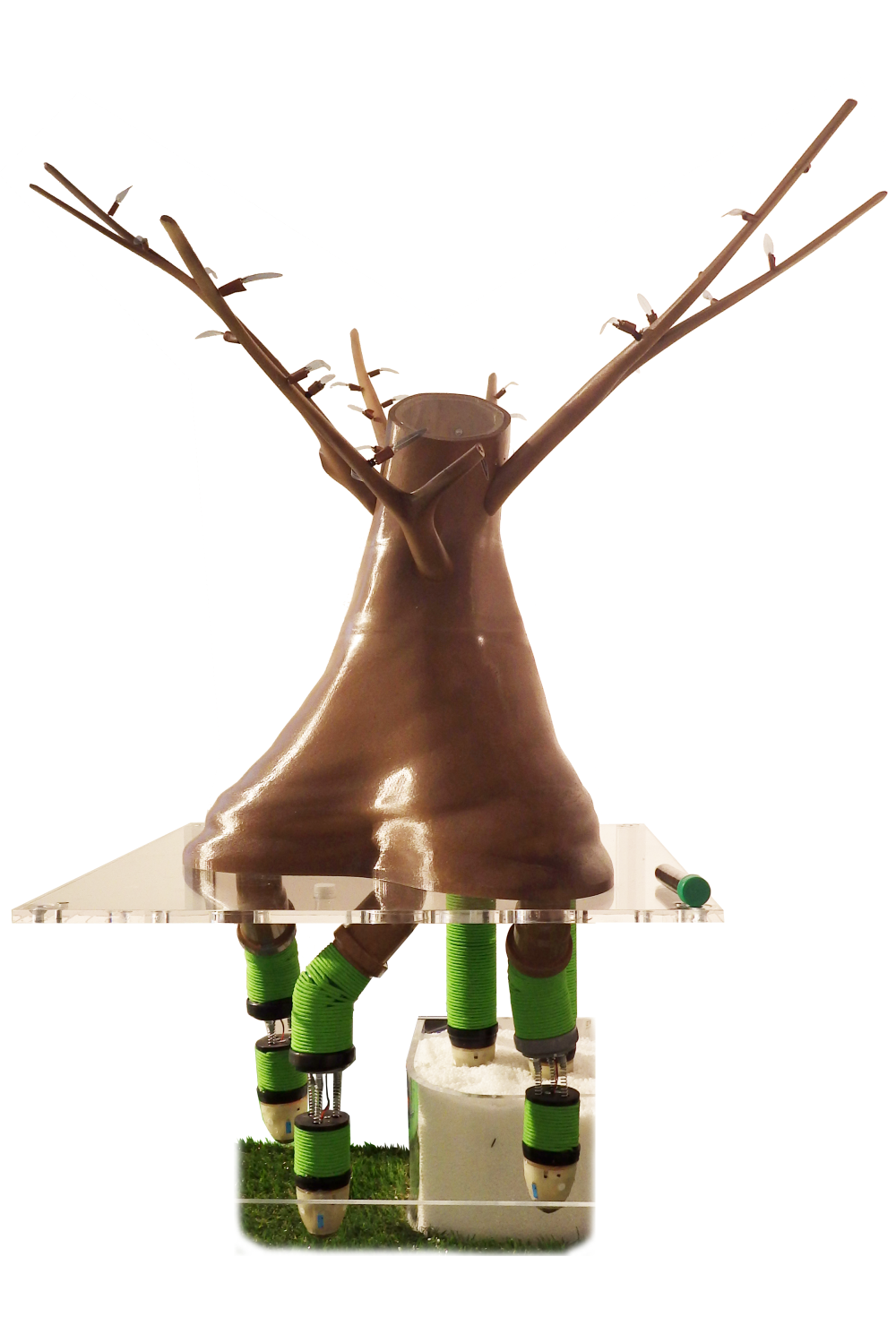
The Plantoid project (FP7 EU FET-Open) has developed a plant root-inspired robot that merges technical solutions derived from the study of root growth, sensing capabilities, and tropism behaviours. The plantoid robot consists of a trunk, functional roots with sensorized apexes, and an aerial part with leaves.
Like the natural model, the Plantoid has no central decision unit, and the control architecture is delocalized. Each artificial root, which integrates gravity, temperature, humidity, and tactile perception) has its own controller to acquire data from sensors and implement a tropism-like behaviour (namely growth directional response).
The Plantoid projecthas invented the new paradigm of "moving by growing" in robotics, giving rise to the new generation of plantoid robots that can grow and move in unstructured environments.
PLANTOID - The key components
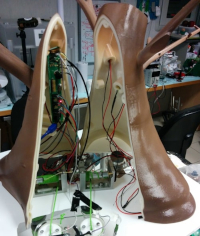
Acts as a structural material reservoir and as a gateway to transfer data and configuration parameters from the robotics roots to the external world (through a USB connection with a graphical user interface).

Incorporates four sensors (customised flexible touch, innovative humidity sensors and commercial gravity and temperature sensors), works as a sensing unit.
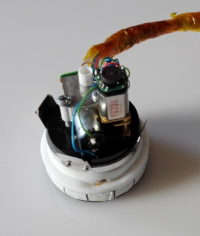
Hosts a miniaturized 3D printer-like mechanism, and uses a raw filament of polylactic acid (PLA) to build the hollow structure of the artificial root.
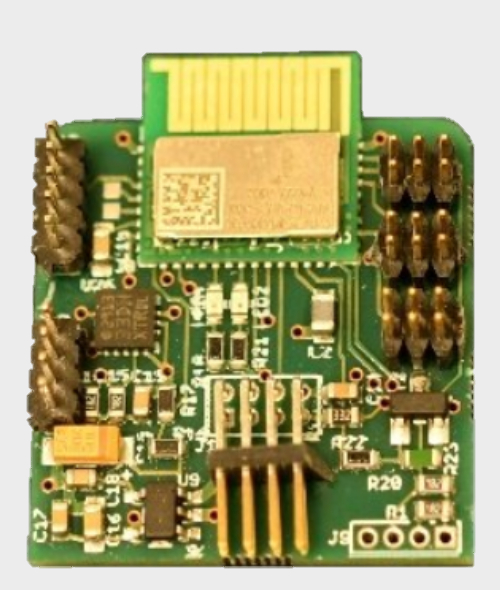
Integrated into each root and exploits embedded plant-inspired behaviour to read the sensor data and guide robot growth.
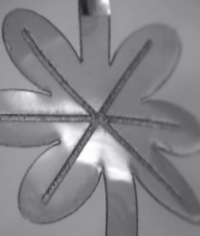
Respond to moisture. Based on controllable hygromorphic plant-inspired material (PEDOT:PSS/PDMS), they work as a sensor and actuator at the same time.
Application Challenges
Sustainable Nutrition
- Crop monitoring
- Soil exploration
Rescue
- Monitoring and exploration
- Supply of provisions
Green Planet
- Green energy harvesting
- Environmental monitoring
